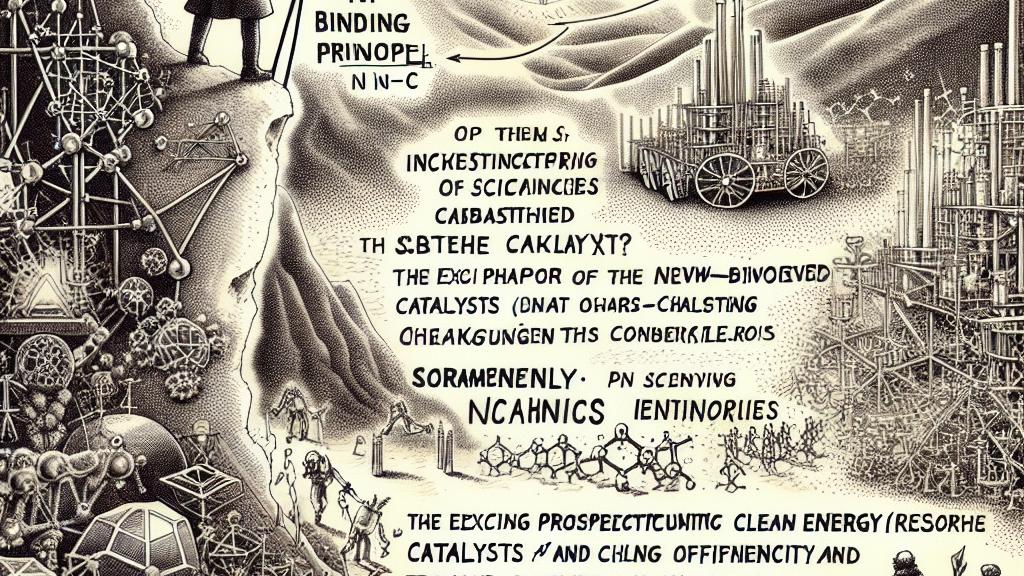Understanding New Catalyst Designs for Clean Energy
Overview
- Discover the revolutionary impact of weak-binding M–N–C catalysts on oxygen reduction reactions.
- Explore new reaction pathways that defy traditional expectations in catalysis.
- Envision a future where innovative catalyst designs lead to sustainable energy solutions.

Challenging Accepted Norms in Catalysis
In Japan, a group of innovative researchers at Tohoku University is shaking up our understanding of oxygen reduction reactions (ORR). For decades, experts have relied on the Sabatier principle, which dictates that moderate binding strength at metal sites yields the best catalytic results. But now, an exciting twist has emerged! Weak-binding catalysts, such as Ni–N–C and Cu–N–C, are showing extraordinary activity that completely challenges this long-held belief. It’s almost like finding hidden treasure — these catalysts are proving to be much more effective than anyone imagined. Such discoveries not only redefine our understanding but also open up thrilling possibilities for cleaner, more efficient energy technologies.
Unlocking the Mechanisms Behind This Catalytic Marvel
So, what exactly makes these catalysts tick? Recent studies have uncovered groundbreaking mechanisms that explain their enhanced performance. Utilizing tools like pH-dependent microkinetic modeling and sophisticated synchrotron spectroscopy, researchers identified a key factor: atomic oxygen adsorption occurs at the metal-nitrogen bridge site, rather than the conventional metal atop site. This surprising revelation fundamentally alters the reaction barriers and scaling relationships. Imagine being able to customize these catalysts for various pH levels, thereby maximizing their effectiveness — it’s an exciting frontier in the drive for sustainable energy! It highlights the immense potential these weak-binding catalysts have to transform the landscape of energy production.
Shaping the Future of Electrocatalyst Design with Innovation
Looking ahead, the potential of these discoveries seems limitless! Researchers are eager to combine their findings with cutting-edge machine learning techniques. This integration aims to accelerate the design of high-performance electrocatalysts that can revolutionize our energy systems. Picture this: a future where we can rely on affordable, highly efficient catalysts made from accessible materials instead of price-prohibitive metals like platinum. By innovating with metal-nitrogen-carbon structures, we could drastically reduce our carbon footprint while fulfilling energy demands. This transformation signifies an era of clean energy solutions that are not just theoretical; they are quickly becoming tangible advancements. Indeed, the courage to explore new ideas is leading us toward a sustainable and renewable energy future!

Loading...